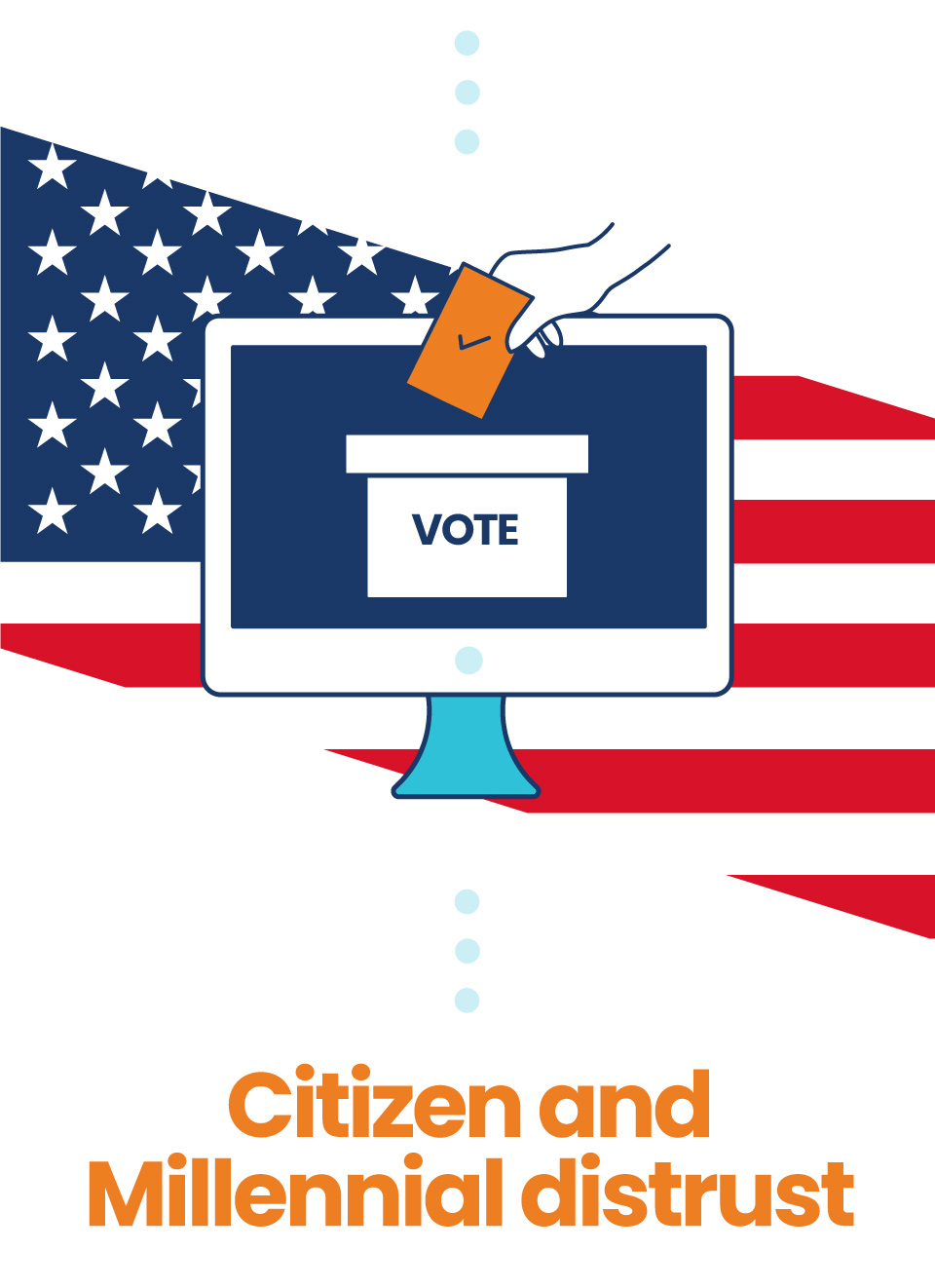How the 2016 Election Hack Affected Consumers Voting Plans and Cybersecurity Efforts



OpenVPN Election Hacking Study
The United States’ voting infrastructure took a major hit when officials announced in June 2017 that it had been hacked by a foreign government during the 2016 election.
Following the announcement, trust in the voting system and U.S. cybersecurity capabilities dipped significantly. To determine exactly how this hack impacted consumers, their security habits and their outlook on voting in the upcoming midterm elections, we surveyed 1,500 voting-age consumers.
Many young people — who aren’t easily convinced to go to the polls as is — have become even more skeptical about political action. Our research found that 81 percent of 18 to 24-year-olds believe the hack affected the outcome of the election. But skepticism extends to the greater population as well. Sixty percent of all respondents don’t believe the U.S. voting system is secure.
And while the majority of citizens are concerned about what a voting system hack means for their personal identification data, very few have taken the needed steps to protect themselves.
So with midterm elections around the corner, has distrust in the voting system discouraged Americans from heading to the polls?
Declining citizen trust
Respondents’ views about the breach’s impact on the U.S. election process are damning: Two-thirds (67 percent) believe the 2016 hack impacted the outcome of the presidential election, and 63 percent believe the U.S. hasn’t done enough to protect the voting system for future elections.
Surprisingly, nearly a quarter of respondents (22 percent) weren’t even aware the voting system was hacked in the 2016 presidential election. Of that 22 percent, 41 percent identified as Republican, 26 percent as Democrat and 31 percent as independent. Thirty-five percent of them fell into the 24 to 38-year-old age range, while 28 percent were 39 to 54 years old, 19 percent were 18 to 24 years old and 15 percent were 53 to 75 years old.
From a cybersecurity standpoint, these consumers likely don’t grasp the risks. That’s a problem because data and identity security start with an understanding of potential threats followed by action to mitigate risk.
Young people are more likely than older generations to have a negative reaction to the hack. They were the age group most likely to let the 2016 hack discourage them from voting — especially younger millennials. Forty percent of 18-24 years olds said the hack would discourage them from voting, while only 10 percent of Baby Boomers said the same. However, their tendency for political inaction doesn’t mean cybersecurity inaction. Millennials were the age group most likely to have taken some kind of measure to protect their personal data— such as updating passwords or turning to a new cybersecurity tool — as a result of the hack (70 percent).
Concerns about personal data
The hack has given way to plenty of anxiety over the state of voters’ personal data. Many people — three-fourths of respondents — still plan to vote in the 2018 midterms, but few have actually done anything to protect their personal data.
Slightly more than half (52 percent) of respondents express concern for their personal identification data as a result of the 2016 hack. But voters are quick to forget those concerns for the sake of convenience — 57 percent said they would vote via text message if their state gave them the option, as West Virginia has already done for its residents. It’s in the government’s best interest to mobilize as many voters as possible, and if convenient voting methods such as SMS texting are what will engage citizens, it should look to offer this widely in a secure way. However, given the recency of the voting system hack, measures for securing new tech-centric methods of voting likely aren’t yet as secure as they could be.
Furthermore, 35 percent of voters say they haven’t adjusted their security habits. Of those who haven’t made any changes, 41 percent said they didn’t believe their own personal data was vulnerable — signaling a slice of the population remains unaware of potential consequences of the hack.
How to be a secure voter
Cybersecurity doesn’t begin and end with compromised voting data. Beyond voting, there are countless ways consumers’ data can wind up in the wrong hands. That means consumers have to take the right steps and use the right tools across all digital spaces.
Taking steps to defend against these threats isn’t as intimidating as many assume. Of the voters who turned to new tools as a result of the voting system hack (just 10 percent), respondents chose the following:
- 61 percent adopted antivirus software
- 46 percent adopted a malware scanner
- 46 percent adopted a password manager
- 35 percent adopted a VPN
These consumers have the right idea. By investing in a VPN, a password manager, and antivirus and malware software, consumers position themselves ahead of the average voter and internet user.
The U.S. (as well as other nations) has work to do when it comes to cybersecurity improvements for its election infrastructure. Citizens are quick to harbor skepticism after 2016’s voting system hack, and rightfully so. But they’re also slow to protect themselves via personal security actions such as using a password manager or a VPN.
After suffering the hack of all hacks — a compromised voting system during a presidential election year — it’s clear that the U.S. political landscape isn’t exempt from debilitating cyber threats. Fair or not, it’s in consumers’ best interest to pick up some of the slack by protecting their own personal data.